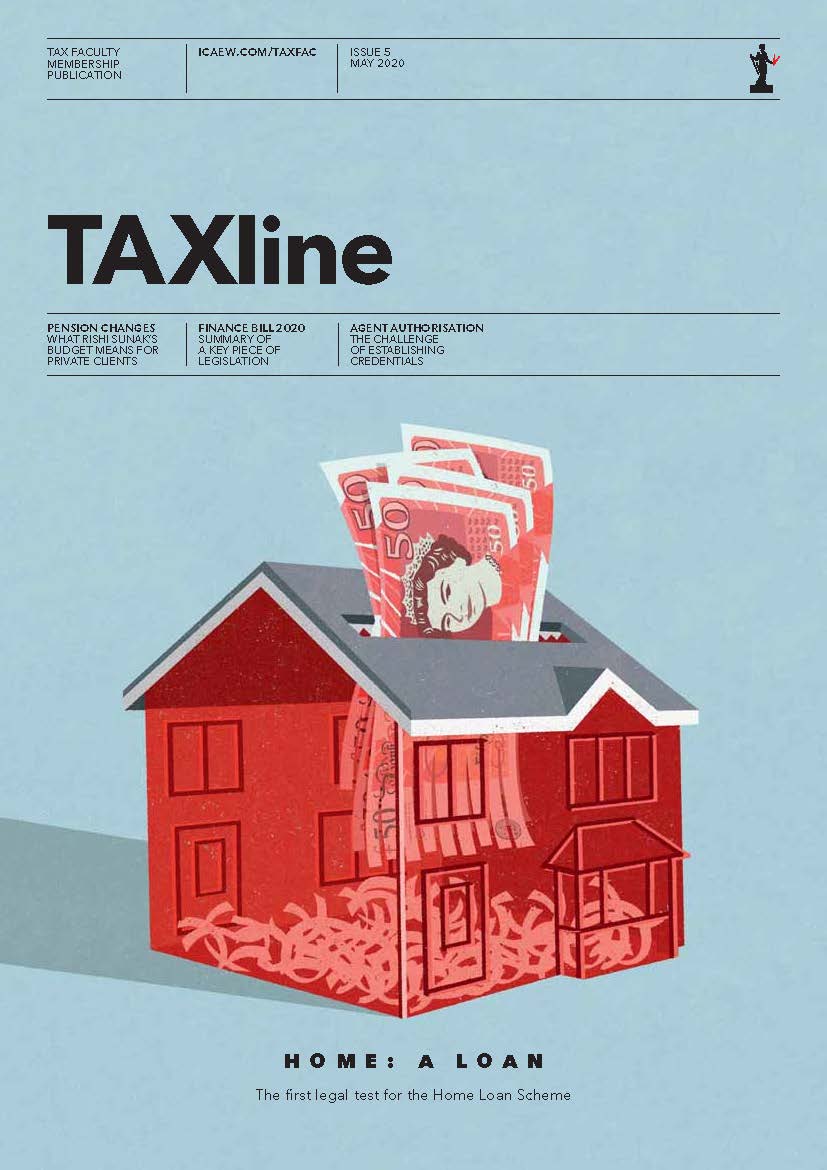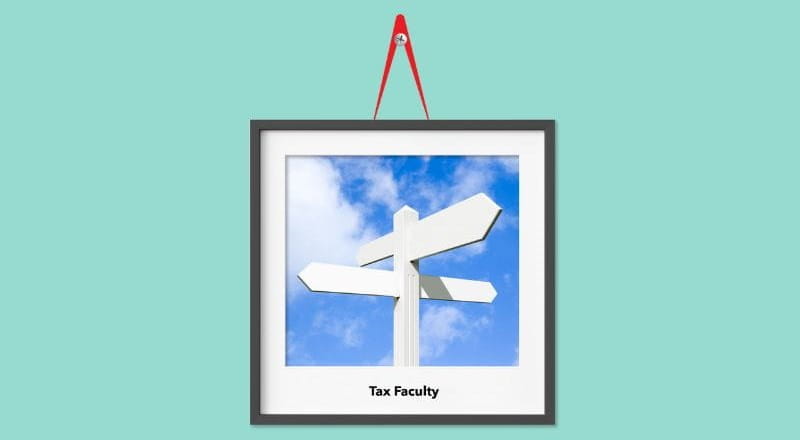SDLT is payable by buyers of interests in land and buildings in England and Northern Ireland. Land and buildings tax (LBTT) is payable where the property is in Scotland. Land transaction tax (LTT) applies in Wales.
Rates of SDLT applying from 1 April 2025
The government confirmed at the Autumn Budget 2024 that the temporary residential rates of SDLT introduced in 2022 will be withdrawn on 31 March 2025.
For transactions with an effective date on or after 1 April 2025, the residential nil rate band will revert to £125,000 from £250,000. This will increase SDLT liabilities for purchasers of residential property, other than first-time buyers, where the consideration exceeds £125,000. An additional amount of SDLT of £2,500 will be due where the total consideration for a residential property transaction exceeds £250,000.
First-time buyers may also pay more SDLT. From 1 April 2025:
- the first-time buyers’ relief nil rate band will revert to £300,000 from £425,000; and
- the maximum transaction value for first-time buyers’ relief will revert to £500,000 from £625,000.
The residential property bands and rates for transactions before and after 1 April 2025 are set out on gov.uk. HMRC provides a calculator tool that calculates the SDLT due for most transactions.
Higher rates for additional dwellings
Changes in the higher rates of SDLT, LBTT and LTT applying in some circumstances were announced at recent fiscal events by the UK and devolved governments. These include the following changes to the rates, which apply where an individual buys an additional residential property, such as a holiday home or a buy-to-let property:
- SDLT: the supplement increased from 3% to 5% for transactions taking place on or after 31 October 2024. At the same time, the rate of SDLT applying to companies buying dwellings costing more than £500,000 was increased from 15% to 17%. Read more about the Autumn Budget 2024 changes;
- LBTT: the additional dwelling supplement increased from 6% to 8% for transactions with an effective date on or after 5 December 2024. Read more about the Scottish Budget changes.
- LTT: higher residential rates increased by 1 percentage point for transactions for transactions with an effective date of on or after 11 December 2024. Read more about the Welsh Budget changes.
SDLT and uninhabitable dwellings
The rates of SDLT for residential property are higher than those for non-residential property. The definition of residential property for SDLT purposes includes “a building that is used or suitable for use as a dwelling” (s116(1)(a), Finance Act 2003).
In its guidance at SDLTM00385, HMRC refers to receiving SDLT repayment claims relating to properties said to be unsuitable for use as a dwelling (ie, they were uninhabitable as dwellings). HMRC notes that “a very high proportion” of those repayment claims are incorrect.
HMRC believes that the decision of the Upper Tribunal in Mudan [2024] UKUT 000307 confirms its position. It has updated its guidance to include key points to consider when determining if a property is uninhabitable based on the findings of the Upper Tribunal. These include:
- assessing the extent to which the building has the fundamental characteristics of a dwelling, and doing so over a period of time;
- considering all relevant factors, not just the extent of repairs required, and recognising that, where a building has previously been used as a dwelling, that will be a highly relevant factor; and
- distinguishing between works needed to render a building habitable and those to make it pleasant to live in.
HMRC has also published a YouTube video on the subject.
Note that the definition of residential property in the LBTT legislation for Scotland is identical to the SDLT definition (s59(1)(a), Land and Buildings Transaction Tax (Scotland) Act 2013). The definition of a residential property for LTT in Wales is also very similar (s72(1)(a), Anti-avoidance of Devolved Taxes (Wales) Act 2017).
Further reading
ICAEW has recently published an article for Tax Faculty members which highlights the importance of taking care when advising on SDLT: Double the SDLT trouble.
For detailed guidance on SDLT, LBTT and LTT, see Bloomsbury’s Stamp Taxes 2024/25. Eligible firms have free access to Bloomsbury's comprehensive online library. Learn more about the Bloomsbury Accounting and Tax Service.
20 years of HMRC: ICAEW CIOT conference
At this joint ICAEW-CIOT, conference speakers will discuss how HMRC can be fit for the 21st century.

Latest on property tax
The Tax Faculty
ICAEW's Tax Faculty is recognised internationally as a leading authority and source of expertise on taxation. The faculty is the voice of tax for ICAEW, responsible for all submissions to the tax authorities. Join the Faculty for expert guidance and support enabling you to provide the best advice on tax to your clients or business.



